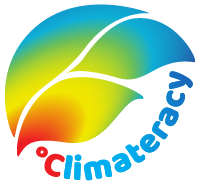0.6.3 What does it all mean for educational practice?
admin Temmuz 27, 2024
1. Be aware of students' basic psychological needs

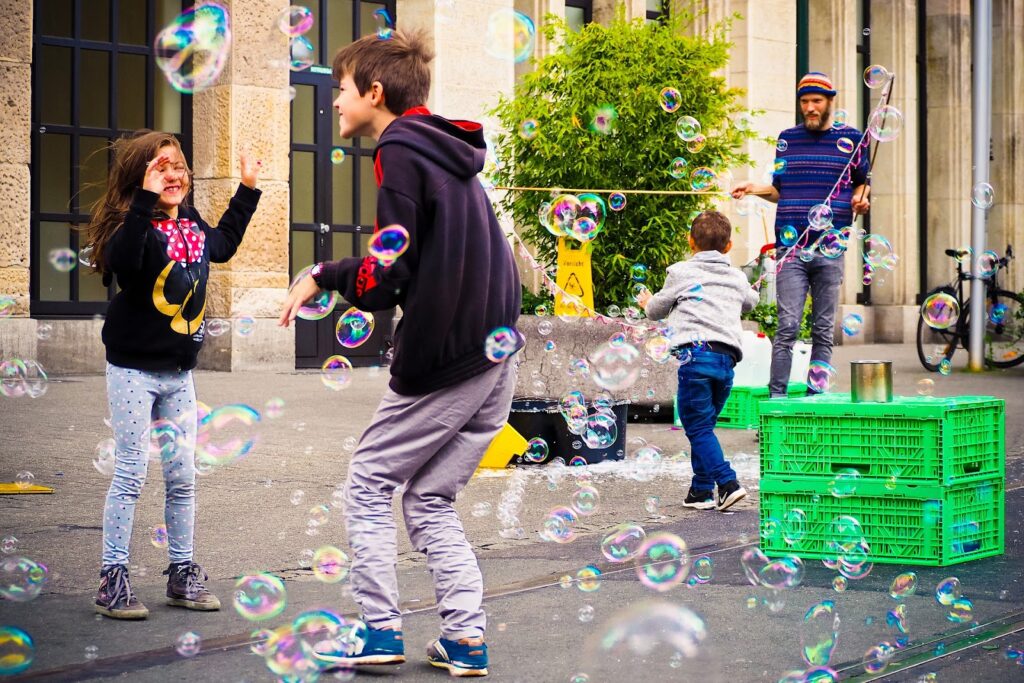
Image source: Pixabay & Canva (open source)
Eğer öğrencilerin temel psikolojik ihtiyaçları -ilişki (bir gruba ait olma, anlamlılık), yeterlilik (bir şeyi yapabilme becerisi) ve özerklik (kendi kararlarını verebilme fırsatı)- desteklenir ve güçlendirilirse, öğrenme sürecinde kendi kendilerini yönettikleri iyi bilinmektedir (Ryan & Deci, 2000). İklim değişikliği söz konusu olduğunda, konunun anlamlılığı özellikle önemlidir - öğrenciler şunu sorabilir: "Bu sorun neden benim sorunum oluyor? Benim hayatım ve hayallerimle nasıl bir ilişkisi var?" Ayrıca, öğrencilerin yeterlilik duyguları da önemlidir - "Bu sorun hakkında ne yapabilirim?" "Öğretmenin benden istediği öğrenme görevlerini yapabilir miyim yoksa bunlar çok mu zor?" Ve sonuncu ama bir o kadar da önemli olan, bağlılık duygusu: "En yakınımdaki insanlar iklim değişikliği konusunu nasıl görüyorlar, umursuyorlar mı yoksa katılırsam "garip bir aktivist" mi olacağım?" Eğer öğrencilerin bu üç temel ihtiyacı göz ardı edilirse, özdenetim ve iyi olma durumlarının ortaya çıkması zorlaşır. Öğrencilerinizi zeki düşünürler olarak görmek, bakış açılarını ciddiye almak ve iklim değişikliği hakkındaki görüşlerini adım adım tartışmak iyi bir fikirdir, böylece içindeki anlamı bulabilirler.
Özerk motivasyonu ne destekler, ne desteklemez?
😊 Örneğin: öğrencilerin iklim değişikliği konusuyla ilgili düşüncelerini, fikirlerini, anlayışlarını, korkularını, endişelerini dinlemek için yeterli zaman ayırmak. Olumsuz duygularını ve bunu anlama hızlarını kabul etmek. Onlarla birlikte iklim değişikliği konusunu çalışmanın onlar için neden anlamlı olacağını listelerken, uzmanlık bilginizi eklemek ve acele etmeden ve baskı yapmadan adım adım doğru kavramları oluşturmaya yardımcı olmak.
😕 Örneğin: Konuyu açıklayarak başlamak, onları konunun önemi hakkında ikna etmek. Öğrencilere herhangi bir şekilde baskı yapmak, örneğin kendilerini suçlu hissettirmek. Duygularını (kaygı, umutsuzluk, nefret, korku gibi) kabul etmemek, bilişsel özerkliklerine izin vermemek (yani öğrencilerin konuları kendi hızlarında öğrenen/kavrayan kişiler olması).
2. Students' minds should be active during learning, knowledge should be constructed and the learning should be interactive
There is no one methodology or strategy that is right for teaching and learning about climate and climate change on its own, therefore there are many types of instruction that can be used. Nevertheless, there is a broad consensus that teaching for sustainable development (incl. to tackle climate change) is most effective when it applies active, participative and experiential learning methods that engage the learner and make a real difference to their understanding, thinking and ability to act for sustainable development.
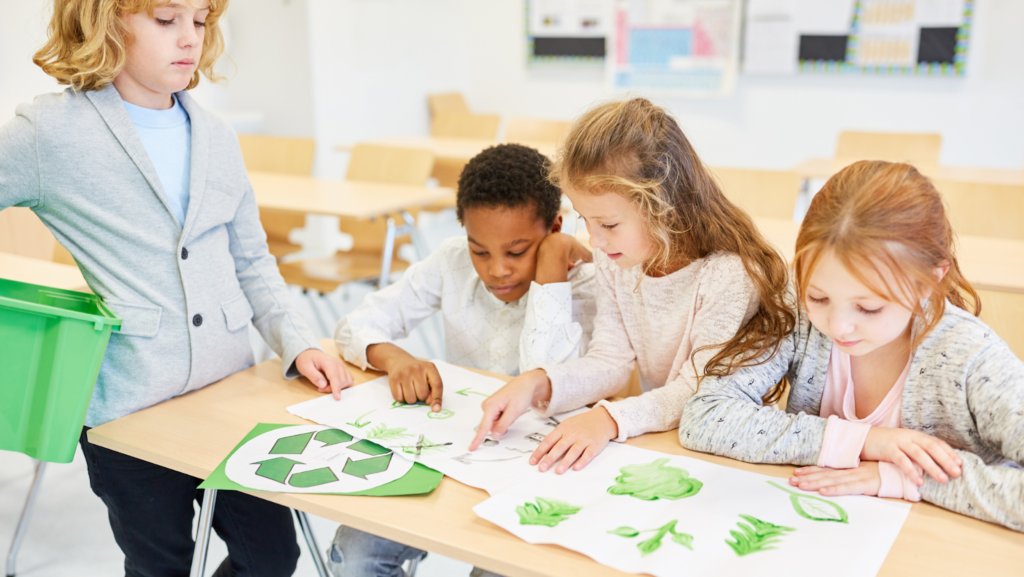
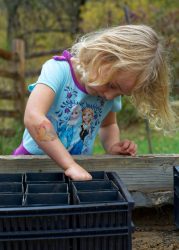
Görsel kaynağı: Pixabay (açık kaynak)
In other words, learning only happens if students’ minds are activated, and they have the possibility to construct the new concepts themselves, make mistakes and put in effort (Chi & Wylie, 2014).
Experiential and constructivist pedagogical methods for learning are usually effective (O’Flaherty & Liddy, 2017). These include but are not limited to: place-based activities to address learners’ sustainability knowledge related to their local environment, demonstration and case studies, role play, project-based learning and similar methods (e.g. problem-based or inquiry learning), debates, etc.
Good to know!
To support active learning, digital tools have a role, too.
Exercise
- How can digital tools and resources support learning and teaching about climate change? What good digital resources can you recommend to your colleagues? Post your answer in the forum and comment on at least one other post. Mark ‘completed’ when you have done this task.
- Optional: Watch the webinar below to get ideas for how to use digital tools to support learning about climate change and taking action.
Ayrıca, sürdürülebilir kalkınma için eğitimin (SKE) ana ilkelerinden biri, kişiyi bütün olarak dahil etmesi ve geliştirmesidir: pratik yapma boyutu (eller), duygusal boyut (kalp) ve bilişsel boyut (kafa), hepsi de 'gerçek dünya' bağlamıyla ilişkilidir (Mahmud, 2017). Eller-kalp-zihin kavramı, aynı zamanda öğrencilerin aynı anda birden fazla duyuyu (işitsel, görsel, fiziksel dokunma) kullanarak öğrendikleri ve bağlantı kurmalarına yardımcı olan 'çok duyulu' öğrenme kavramıyla da ilgilidir.
Experiential learning methods are also considered an effective way to help students develop transferable ‘21st century’ competencies, such as the ability to solve problems in novel contexts, develop leadership, social skills, critical thinking, collaboration and creativity among others (Barron & Darling-Hammond, 2008; Bell, 2010; Condliffe, 2017; Sobel, 2004). All these competencies play an important role in climate change education too.
What is activating students' minds and what is it not?
😊 For example, allowing the activation of previous knowledge and starting with students solving a problem would be activating.
😕 For example, starting with lecturing and presenting solutions or answers could be passivating.
Bilgiyi derinlemesine özümser ve yeni bilgi inşa edersek öğreniriz ancak- yani, çalışma belleğimizde yeni bilgileri zaten bildiğimiz bilgilerle ilişkilendiririz. Bu sadece şu durumlarda gerçekleşir
- eğer sunulan bilgi hakkında düşünme, tartışma ve bundan yeni bir şey yaratma şansımız varsa;
- eğer önemli (anlamlı, açık uçlu) problemleri çözersek;
- eğer çaba gösterirsek;
- üstbilişsel becerilerimizi kullanmamız ve hata yapıp tartışmamız gerekir.
In many cases, students might appear active in the lesson, but they are not really cognitively deeply involved. Activity could be superficial and students not really given an opportunity to (take the time to) problem-solve, construct or organize new information in students’ minds.The human mind learns best if it constructs and reconstructs material, and when people formulate principles and conclusions themselves (as opposed to getting “polished products” handed to them). In other words, allow your students to work with and add something to the presented knowledge by asking, elaborating, visualising, making prognoses, judgments, comparisons, conclusions and the like, enabling the students to use various thinking operations.
What is constructive learning and what is not?
😊 For example, if students are given a chance and encouraged to problem-solve before giving them a solution; ask, elaborate, prognose, judge, compare information bits; offer and visualise models, explain relationships, verbalize principles, seek new information etc based on the material they learn.
😕 Örneğin, öğrenilen materyali az ya da çok kelimesi kelimesine yeniden kullanmaları/tekrarlamaları ya da sadece kendilerine sunulan bilgiyle boşlukları doldurmaları.
Key takeaway: The rule of thumb is that the one who is the most active in their mind, learns the most. Make sure it is the students, not the teacher. The students should construct and organize new knowledge.
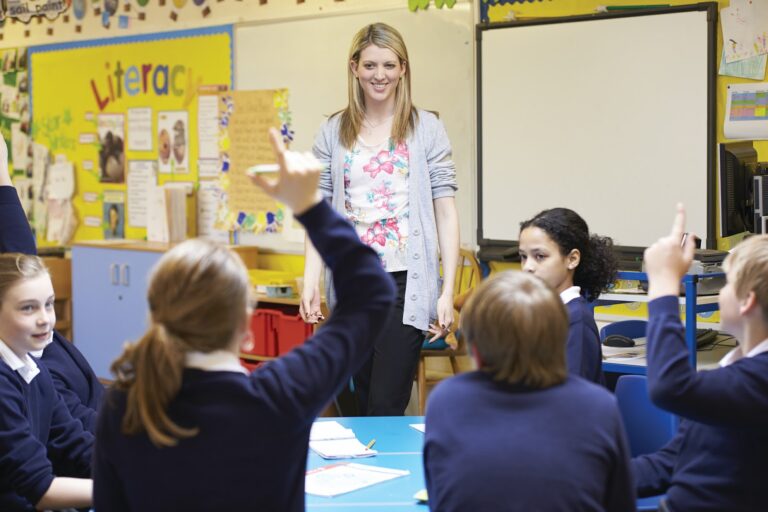
Görsel kaynağı: Canva (açık kaynak)
Good to know!
Failures can be extremely extremely useful for learning – if you eliminate failures, you eliminate learning. The reason why we actually learn from mistakes is the post-error analysis in our mind, not the mistake as such. Hence, the learning design that first asks to solve the problem and delays the direct instruction, allows many learning-enhancing conditions, and one of them is mistakes. Also, the student gets an idea that their knowledge is insufficient and the perceived need for correct knowledge is more likely.
Good to know!
Use smart strategies for long-term learning. Based on what we know about how our memory functions – Smart memory strategies – encoding, retrieval practice, distribution of practice, variability of practice
– why we do not use multiple-choice etc
Aktif ve yapıcı olmak da yeterli olmayabilir. Diğerleriyle (örneğin öğrenciler, öğretmenler, uzmanlar, topluluk üyeleri) etkileşim halinde iken, öğrencilerin yapıcı düşünceleri görünür kılınmalıdır. Kavramları adım adım geliştirmeleri (bu süreçte ortaya çıkan birçok geçici kavram yanılgısı yoluyla) tartışılabilir ve düzeltilebilir. Eğer öğrenciler tek başlarına öğrenmeleri halinde ortaya çıkmayacak fikirler üretirlerse, etkileşim verimli olur. Yani, eğer öğrenme görevi öğrencilerden yoğun bir diyalog içinde olmalarını ve zihinlerinde oluşturduklarını paylaşmalarını istiyor ya da sağlıyorsa, bu şekilde devam edilmeli, asla atlanmamlıdır.
Öğrenme ne zaman etkileşimlidir ve ne zaman değildir?
😊 For example, if students are given a chance and encouraged to do constructive activities jointly – if they both make substantial contributions to the topic, by, e.g., asking justifications to the others’ positions, explaining their viewpoints to the other, arguing and debating; clarifying, correcting, elaborating etc.
😕 Örneğin, sırayla birbirlerine mini konferanslar veriyorlarsa; ya da bir taraf baskın olup katkının çoğunu yaparken diğeri sadece onaylıyorsa (bireysel diyalog olarak adlandırılır).
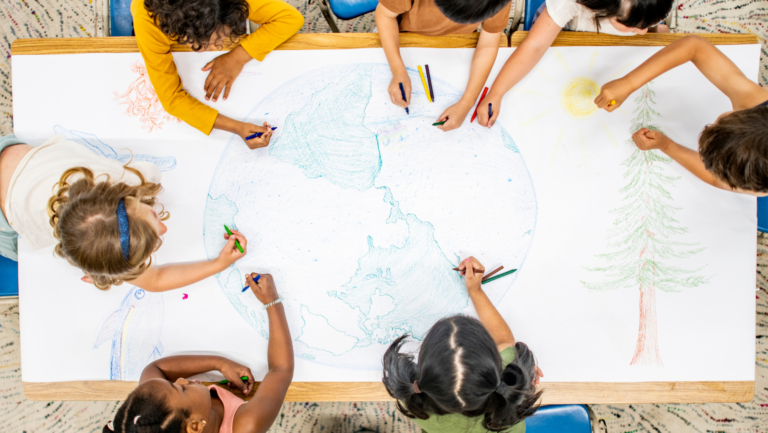
Görsel kaynağı: Canva (açık kaynak)
"Etkili iklim değişikliği eğitim programları, alakalı ve anlamlıdır, ilgi çekici öğretim stratejileri kullanır, anlaşmazlıkları ve tartışmalı konuları tespit etmek ve yönlendirmek için müzakereli tartışmaları teşvik eder, katılımcıları bilimsel sürece dahil eder, yanlış kanıları ele alır ve/veya katılımcıların harekete geçmesi için okul veya topluluk projelerini özendirir."
Source: https://naaee.org/eepro/research/eeworks/climate-change (referring to Monroe et al, 2017)

